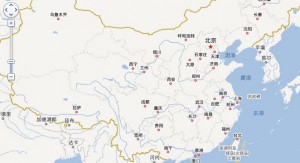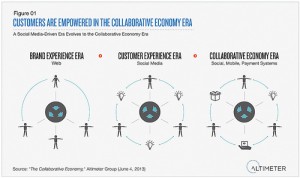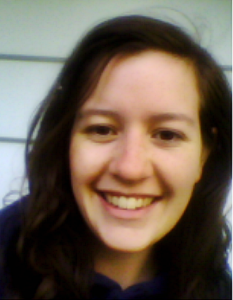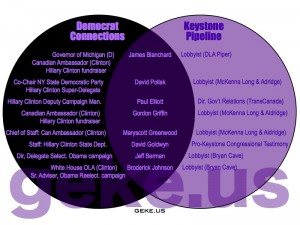
This new app turns iPhones into a handheld biosensor equivalent to $50,000 lab unit
This portable biosensor is capable of detecting viruses, bacteria, proteins, toxins, and other specific modules, and takes just a few minutes to process, which could greatly speed up in-the-field assessments of issues as diverse as groundwater contamination, medical diagnostics, mapping the spread of pathogens, or tracking contaminants in the food system.
Danger Maps crowd-sources environmental contamination in China

China's pollution problems are widespread, recently becoming the number one cause of social unrest in the country.
A new site called Danger Maps is harnessing the power of crowd-sourcing to identify polluted locations, such as waste treatment facilities, garbage dumps and oil refineries. The site was started by Liu Chunlei after he discovered that his Shanghai apartment is near a landfill, something that was not disclosed when he made his purchase.
Bloomberg reports that the internet is becoming an important tool for activists in China:
“More Internet users are starting to understand how important information and data can be for sustainable social activism,” said Isaac Mao, director of the Social Brain Foundation, a social incubator for Chinese grassroots culture. “Visual sites are very helpful for the public to understand the big picture.”
Continue reading “Eagle: Toward the Internet of Pro-Active Hand-Held Sensors”









